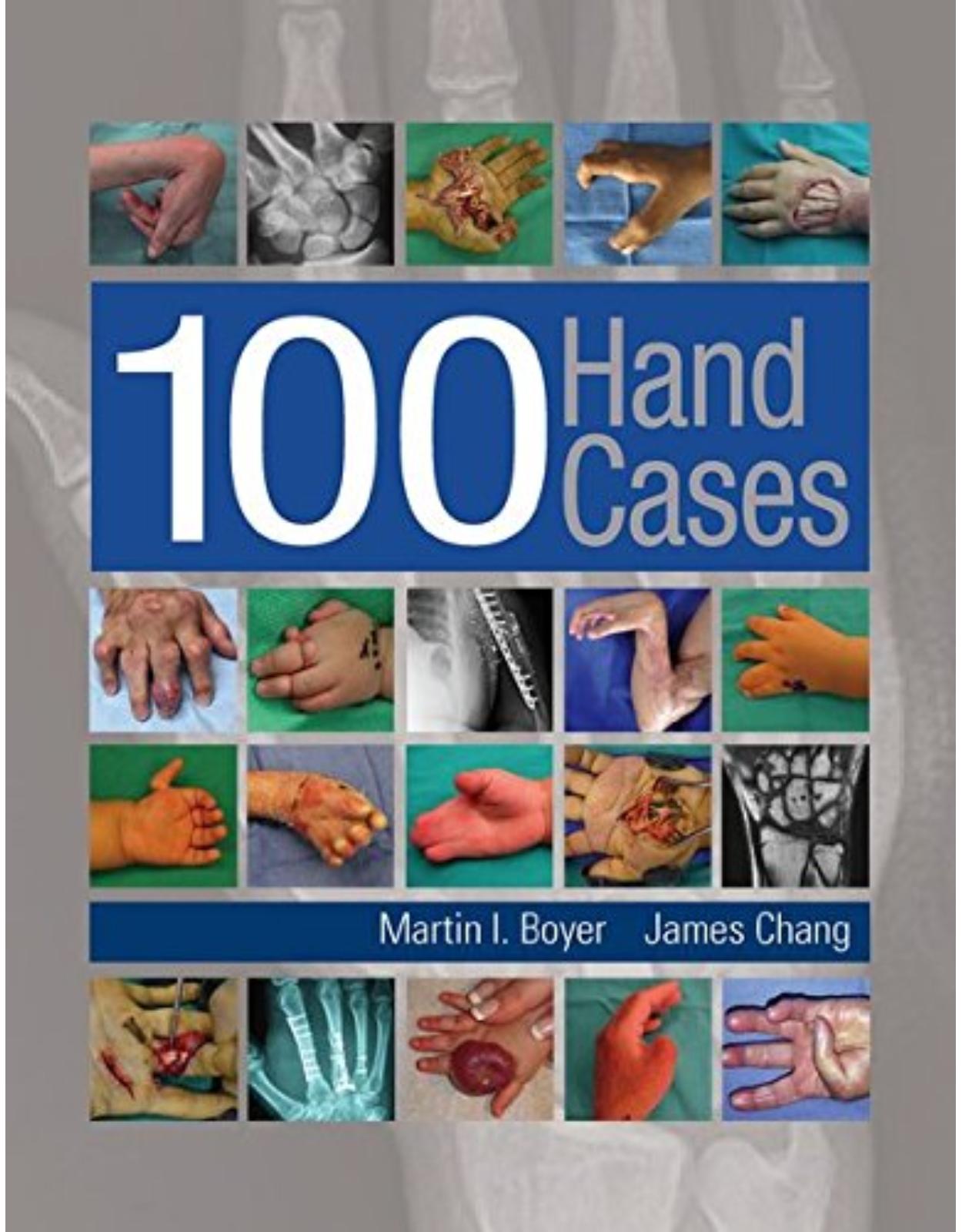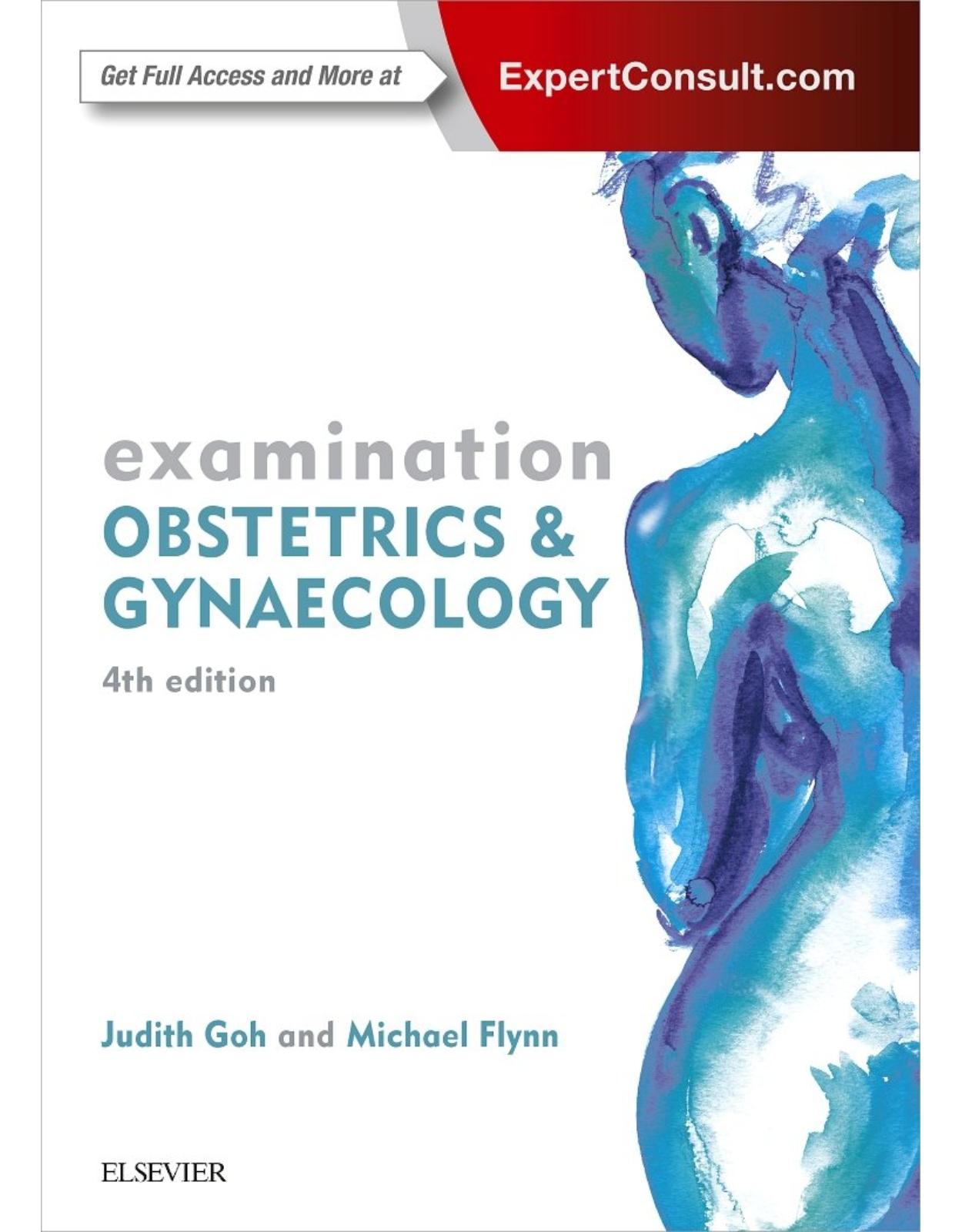
Synopsis of Shoulder Surgery
Livrare gratis la comenzi peste 500 RON. Pentru celelalte comenzi livrarea este 20 RON.
Disponibilitate: La comanda in aproximativ 4 saptamani
Autor: Uma Srikumaran
Editura: Thieme Medical Publisher
Limba: Engleza
Nr. pagini: 215
Coperta: Paperback
Dimensiuni: 22.86 x 15.24 cm
An aparitie: 4 Nov. 2020
Description:
A reader-friendly overview of fundamentals in shoulder pathology and treatment from renowned experts!
Shoulder problems comprise a significant percentage of orthopaedic practice, including trauma and sports related injuries. Synopsis of Shoulder Surgery by Uma Srikumaran and esteemed contributors provides a concise, well-rounded perspective on the surgical and nonsurgical management of a wide array of shoulder disorders.
The opening chapters lay a solid foundation of knowledge, covering anatomy, physical examination of the shoulder, surgical approaches to the shoulder, imaging, and the use of diagnostic and therapeutic injections. Subsequent chapters succinctly discuss management of a comprehensive range of shoulder conditions, organized by the underlying type of pathology. The final chapters provide insightful pearls on shoulder rehabilitation and perioperative pain management.
Key Features:
Concise summaries of common shoulder pathologies and treatment options
Discussion of core procedures for rotator cuff disease, frozen shoulder, instability, osteoarthritis, clavicle and proximal humerus fractures, and thoracic outlet syndrome
The easy-to-digest bulleted format and wealth of illustrations enhance understanding of diverse shoulder problems and techniques
Succinct presentation allows for quick review and use for board examination preparation
This is a must-have resource for orthopedic surgeons in training and advanced allied health personnel. Shoulder surgeons, physician assistants, and front line providers such as primary care and emergency room physicians will also find this book to be a useful resource.
Table of Contents:
1 Shoulder Anatomy
I. General introduction
II. Bones and joints
III. Sternum
IV. Clavicle
V. Scapula
VI. Humerus
VII. Sternoclavicular joint
VIII. Acromioclavicular joint
IX. Glenohumeral joint
X. Subacromial space
XI. Scapulothoracic bursa
XII. Muscles
XIII. Neurovascular anatomy
2 Complications in Shoulder Arthroscopy
I. Incidence and patient risk factors
II. Patient positioning
III. Anatomy and nerve injury
IV. Infection
V. Venous thromboembolic events
VI. Athrofibrosis and stiffness
3 Surgical Approaches to the Shoulder
I. General introduction
II. Deltopectoral approach
III. Deltoid splitting approach
IV. Approach to the acromioclavicular joint
V. Posterior approaches to the shoulder
4 Shoulder-Spine Syndrome
I. Introduction
II. Diagnosis
III. Diagnostic tests
IV. Differential diagnosis
V. Management
5 Shoulder Imaging
I. Radiography
II. Computed tomography
III. Magnetic resonance imaging
6 Ultrasound of the Shoulder
I. General principles
II. Normal shoulder examination
III. Pathologic conditions
7 Diagnostic and Therapeutic Injections
I. General overview
II. Acromioclavicular joint pathology
III. Rotator cuff and subacromial space pathology
IV. Glenohumeral joint
V. Suprascapular nerve
VI. Biceps tendon
8 Rotator Cuff Disease
I. Overview
II. Epidemiology
III. Pathophysiology
IV. Anatomy
V. Classification
VI. Presentation
VII. Imaging
VIII. Management considerations
IX. Natural history
X. Nonoperative treatment
XI. Operative treatment
XII. Subscapularis tear
9 Arthroscopic Rotator Cuff Repair: Single-Row, Double-Row, and Transosseous-Equivalent Repair
I. Introduction
II. Single-row (SR) repair
III. Double-row (DR) repair
IV. Transosseous-equivalent (TOE) repair
V. Biomechanical outcomes
VI. Functional outcomes
VII. Structural outcomes
VIII. Retear pattern
IX. Conclusion
X. Subscapularis repairs
XI. Rehabilitation after rotator cuff repair
10 Rotator Cuff Reconstruction
I. Overview
II. Relative indications
III. Contraindications
IV. Reconstructive options for massive RTC tears
V. Partial repair with margin convergence
VI. Biologic augmentation options
VII. Extracellular matrix augmentation
VIII. Tendon transfers
11 Frozen Shoulder
I. Introduction
II. Risk factors
III. Stages
IV. Anatomy
V. Presentation/Physical examination
VI. Imaging
VII. Treatment
VIII. Results
12 Anterior Shoulder Instability
I. General overview
II. Anatomy
III. Pathogenesis
IV. Imaging
V. Evaluation
VI. Treatment
VII. Complications
13 Posterior Shoulder Instability
I. General overview
II. Anatomy
III. Pathogenesis
IV. Imaging
V. Evaluation
VI. Treatment
VII. Complications
14 Shoulder Stabilization Procedures
I. Anterior instability
II. Posterior instability
15 Osteoarthritis
I. General overview
II. Anatomy
III. Glenohumeral arthritis
IV. Acromioclavicular joint (ACJ) arthritis
16 Total Shoulder Arthroplasty
I. Indications
II. Contraindications
III. Presentation/Evaluation
IV. Physical examination (PE)
V. Imaging
VI. Approach
VII. Results
VIII. Complications
IX. Revision
X. Reasons for failure
XI. Imaging workup
17 Reverse Total Shoulder Arthroplasty
I. Indications
II. Contraindications
III. Evaluation
IV. Approach
V. Types of implants
VI. Outcomes
18 Clavicle Fracture
I. Epidemiology
II. Anatomy
III. Classification
IV. Imaging
V. Treatment
VI. Outcomes
VII. Complications
19 Proximal Humeral Fractures
I. Background
II. Neer classification of humeral head fractures
III. Valgus impacted fractures
IV. Vascularization of the humeral head
V. Management of proximal humeral fractures
VI. Comparison of approaches
20 Scapular Winging
I. General overview
II. Anatomy
III. Medial scapular winging
IV. Lateral scapular winging
21 Thoracic Outlet Syndrome
I. General overview
II. Anatomy
III. Neurogenic thoracic outlet syndrome (nTOS)
IV. Vascular thoracic outlet syndrome (vTOS)
22 Perioperative Pain Management for Shoulder Surgery
I. General overview
II. Anatomy
III. Regional anesthesia
IV. Patient factors to consider
V. Medications
VI. Complications
Index
| An aparitie | 4 Nov. 2020 |
| Autor | Uma Srikumaran |
| Dimensiuni | 22.86 x 15.24 cm |
| Editura | Thieme Medical Publisher |
| Format | Paperback |
| ISBN | 9781684200801 |
| Limba | Engleza |
| Nr pag | 215 |














Clientii ebookshop.ro nu au adaugat inca opinii pentru acest produs. Fii primul care adauga o parere, folosind formularul de mai jos.